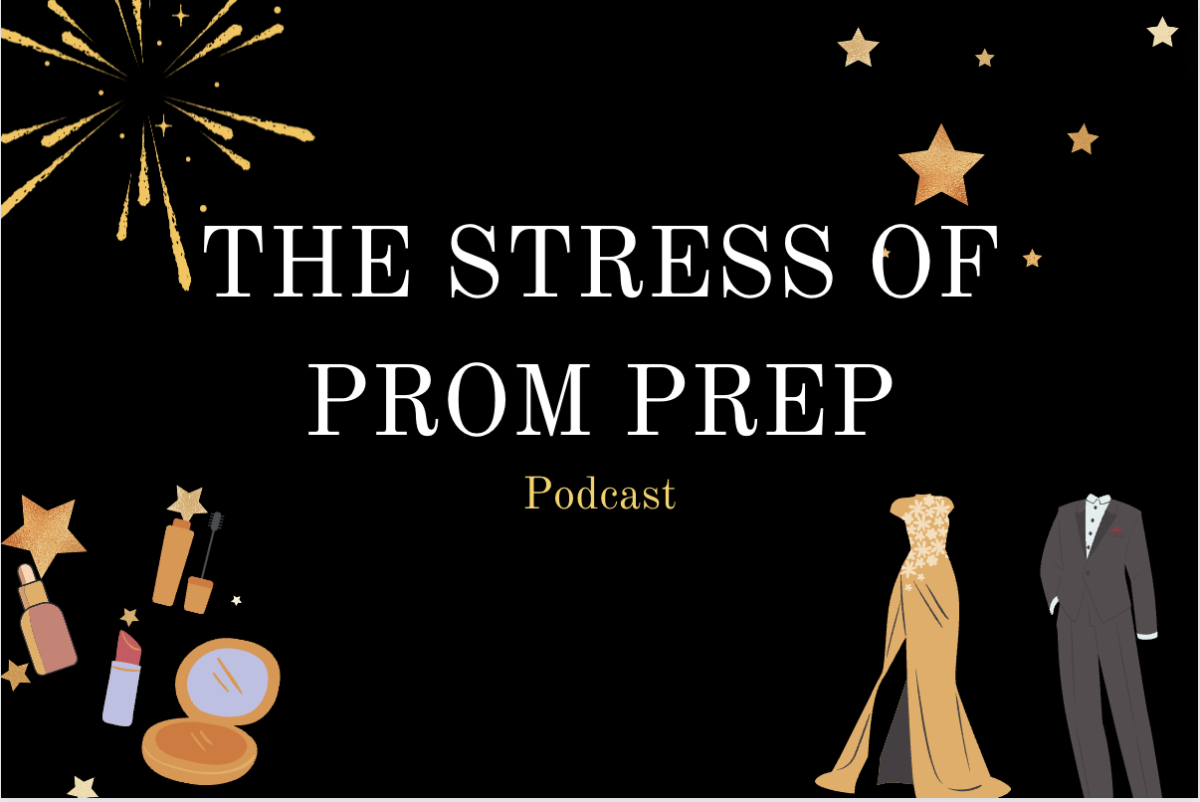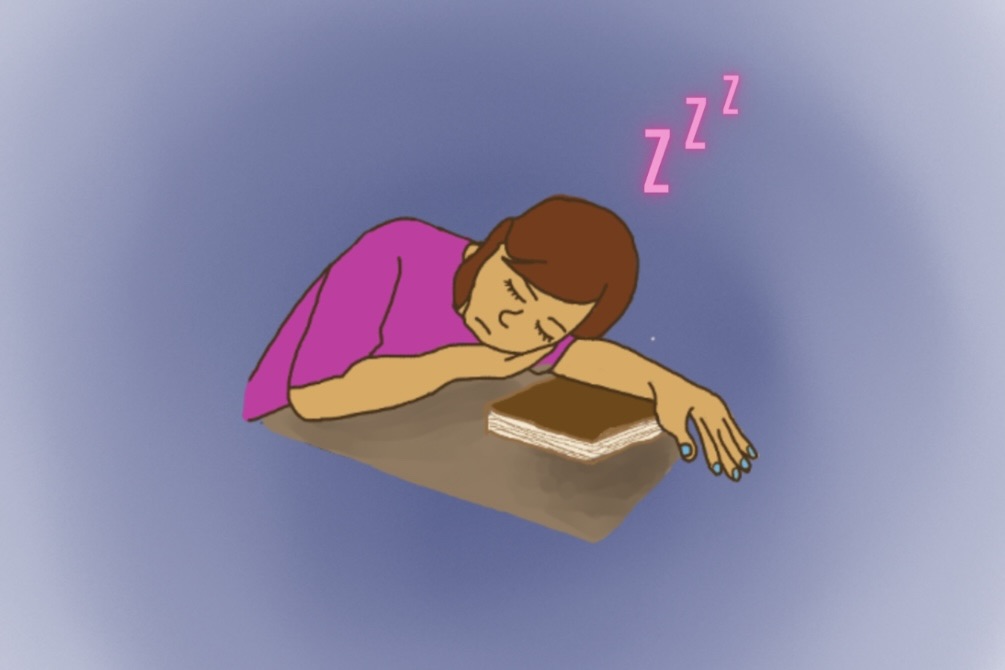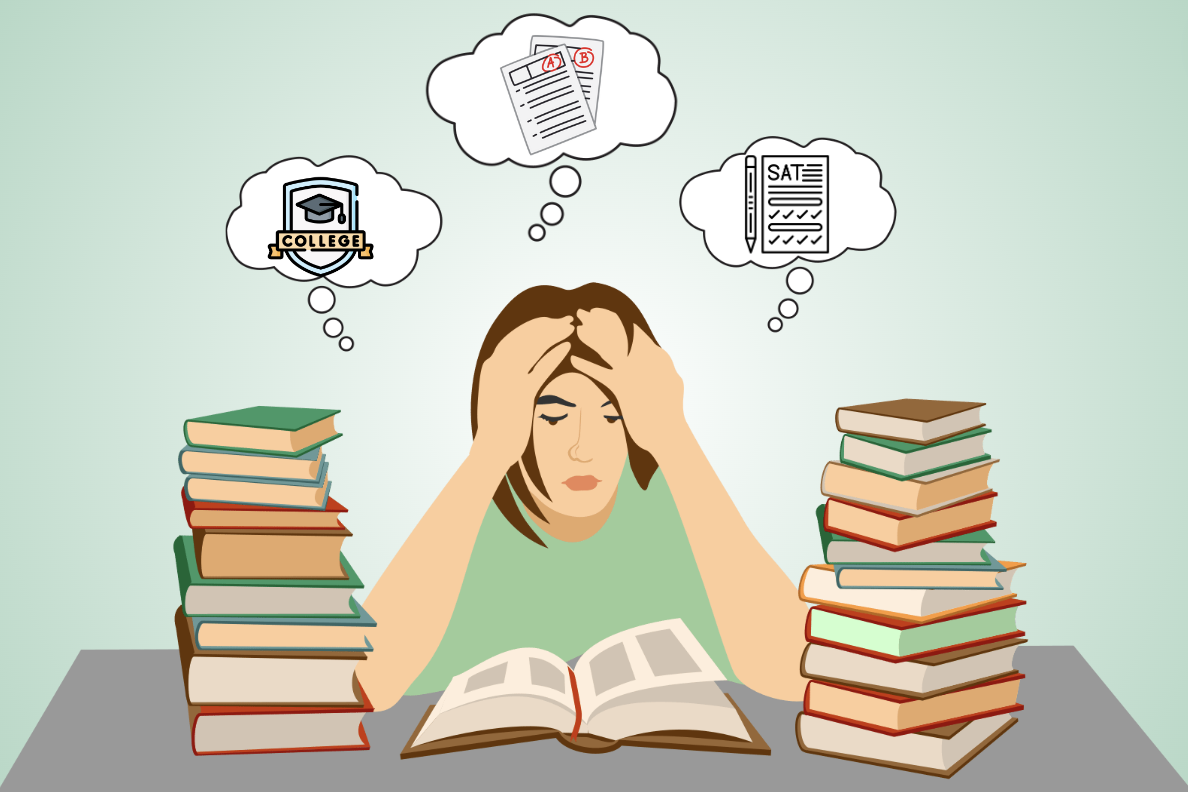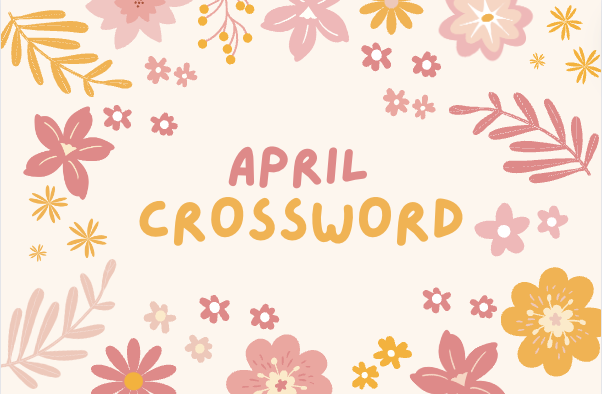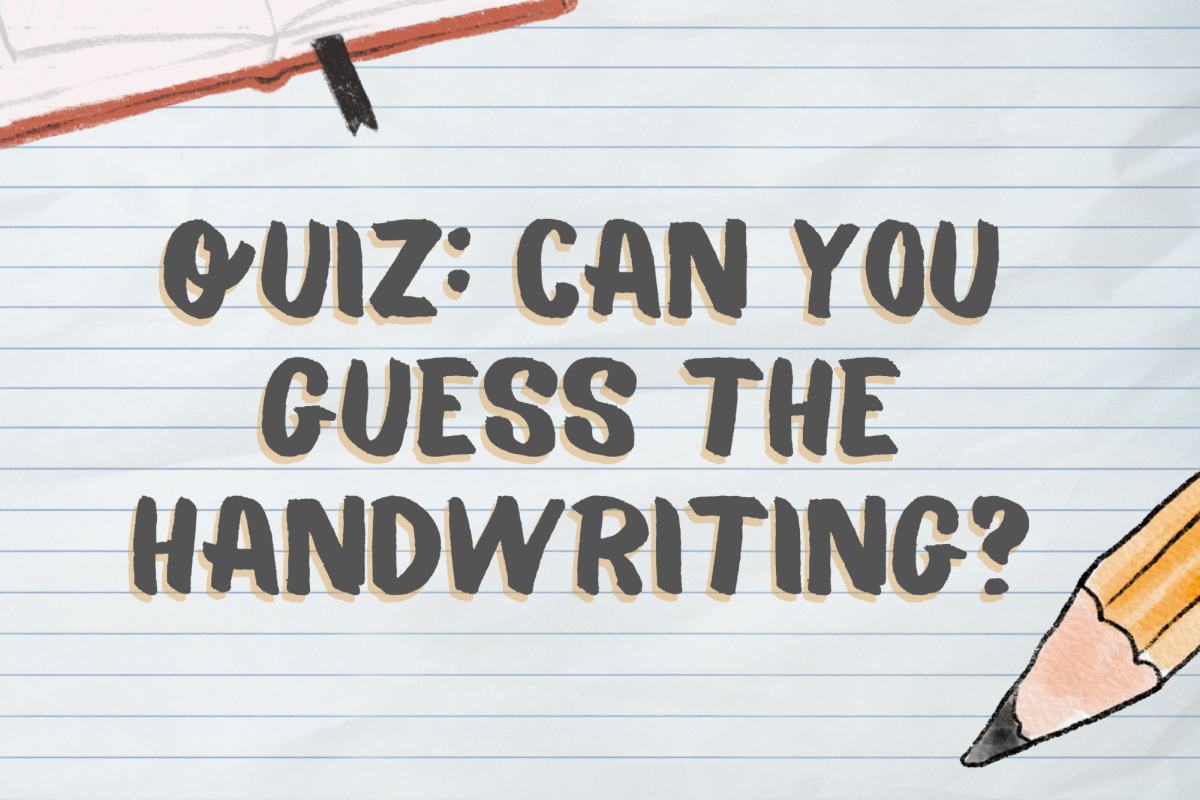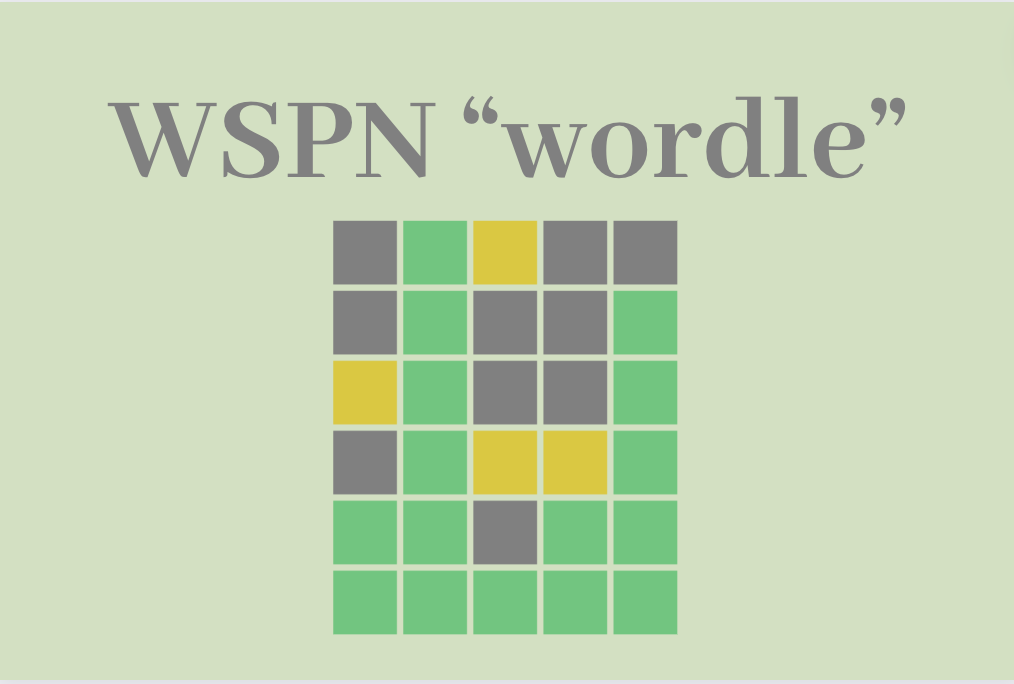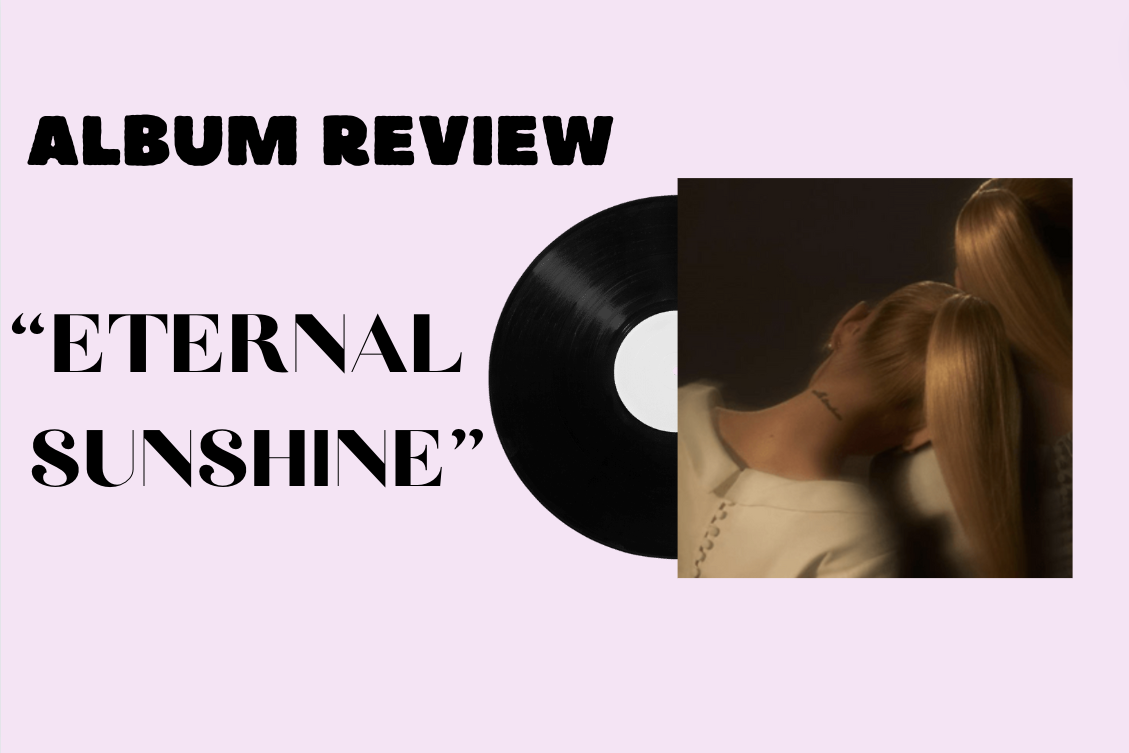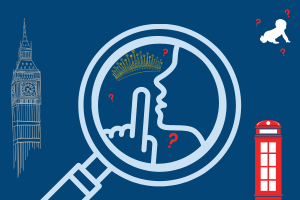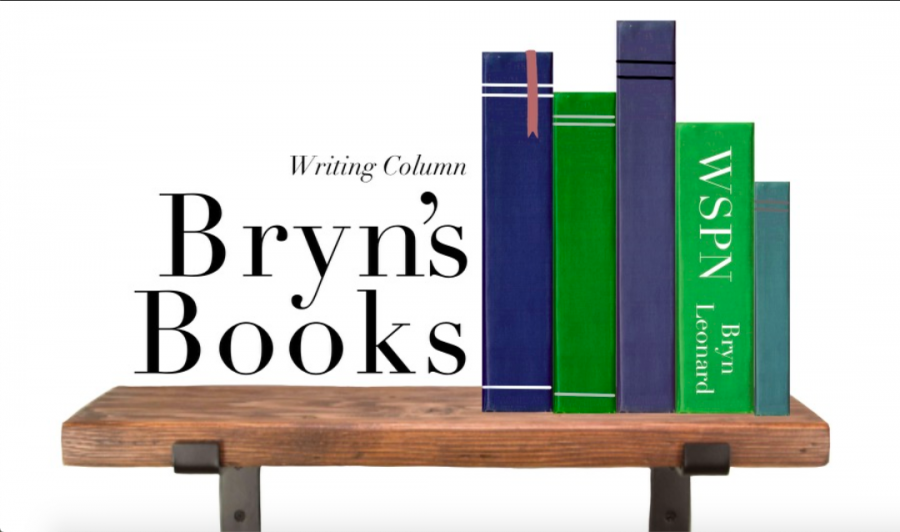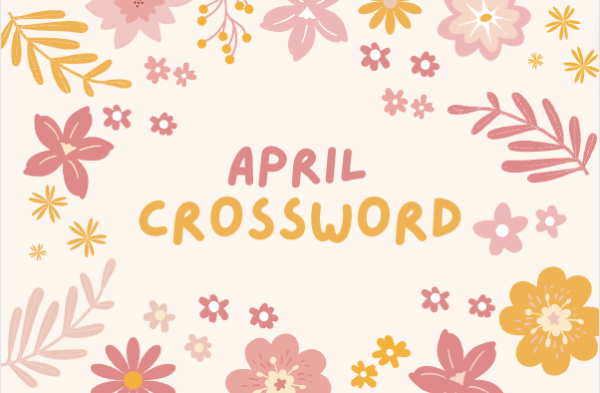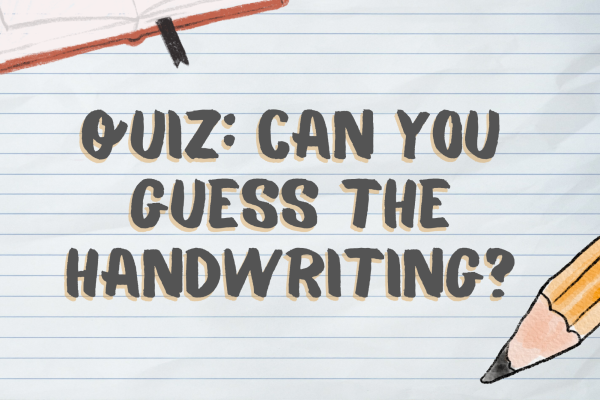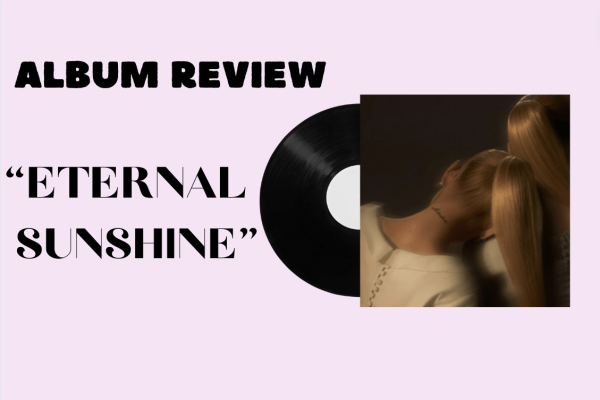Bryn’s Books: Pride and Prejudice
Credit: Elizabeth Zhong
In the latest installment of “Bryn’s Books,” junior guest writer Bryn Leonard reviews “Pride and Prejudice” and details the most prominent factors of the novel.
Presumably one of the most famous love stories of all time written by one of the most influential writers of all time, Jane Austen, elucidates the culture and the expectations for young unmarried women at the turn of the 19th century. “Pride and Prejudice” is a famous satirical novel that highlights the cultural norms of the time and the importance of one’s reputation.
In the fictional town of Longburn, England, lives the upper-middle-class Bennet family. The ridiculous Mrs. Bennet has a constant yearning for her five daughters to get married. When a handsome and wealthy single man named Mr. Bingley moves into a nearby estate, the determined Mrs. Bennet longs for one of her two eldest daughters, Jane and Elizabeth, to marry him. At a ball, Mr. Bingley has an immediate interest in Jane and pursues her. Mr. Bingley’s friend who came to the ball with him, Mr. Darcy, is discourteous towards Elizabeth, which leads the people at the ball, including Elizabeth, to find him as an ill-mannered man. Mr. Darcy and Elizabeth end up meeting again in future circumstances, and throughout their time together learn to deal with their initial pride and prejudices directed towards one another.
“Pride and Prejudice” explores the major significance of wealth and class in society. The Bennet daughters’ central role in life is to improve their reputation by marrying wealthy men. Throughout the story, the sisters encounter many potential suitors. Austen describes these encounters with an astute and mocking voice to express society’s fatuous expectations towards young women that only valued them for marriage.
The novel is written in the third person omniscient voice that mainly centers around Elizabeth and her conflicts with Mr. Darcy. “Pride and Prejudice” frequently uses a literary device called free indirect speech, which is a style of third-person voice. Free indirect speech mixes the third person voice with the essence of direct speech from the first-person voice. In simple terms, Austen expresses the characters’ consciousness without signals such as “she thought.” This type of writing integrates the character’s thoughts in a third-person narration and allows Austen to incorporate thoughts that indicate the characters’ misconceptions about one another, which is the main idea of the story.
I somewhat enjoyed the novel. The reader can get insight into the culture of the time and the preposterous expectations placed on women. The characters are entertaining, such as the obsessive Mrs. Bennet, whose only desire in life is to marry off her daughters to affluent men. I loved Elizabeth’s strong character and how she deals with her prejudices throughout the novel. On the contrary, the plotline was very slow, and sometimes I found it difficult to decipher what was going on. The story was predictable, and there weren’t any scenes that particularly interested me other than the climax at the end of the story.
Overall, “Pride and Prejudice” is a classic, and I encourage everyone to try reading this famous love story. The satirical tone creates a comedic experience for the reader, the characters are unique and amusing and there are many lessons to be learned from this novel.
Bryn’s rating: 3.5/5
Your donation will support the student journalists of Wayland High School. Your contribution will allow us to purchase equipment, cover our annual website hosting costs and sponsor admission and traveling costs for the annual JEA journalism convention.

Bryn Leonard, class of 2023, is a guest writer for WSPN and writes for her column, "Bryn's Books." In her free time, she enjoys skiing, horseback riding...

Elizabeth Zhong, Class of 2021, is this year’s graphic designer for WSPN. She is the president of Student Council, co-President of the Tri-M Music Honor...










![WSPN staff reporter Marisa Mendoza sits down with Dr. Peggy McIntosh to discuss her work regarding white privilege and how she hopes her work will be influential for years to come.
The purpose of [my published] papers was to say that the public roles we are asked to play are filled with fraudulence, McIntosh said. People in high places, even the president, are fraudulent. We must not let other people make us feel like frauds. Let us continue to spot fraudulence in the public roles we are asked to play.](https://waylandstudentpress.com/wp-content/uploads/2024/04/IMG_7403-scaled-e1714358061368.jpg)
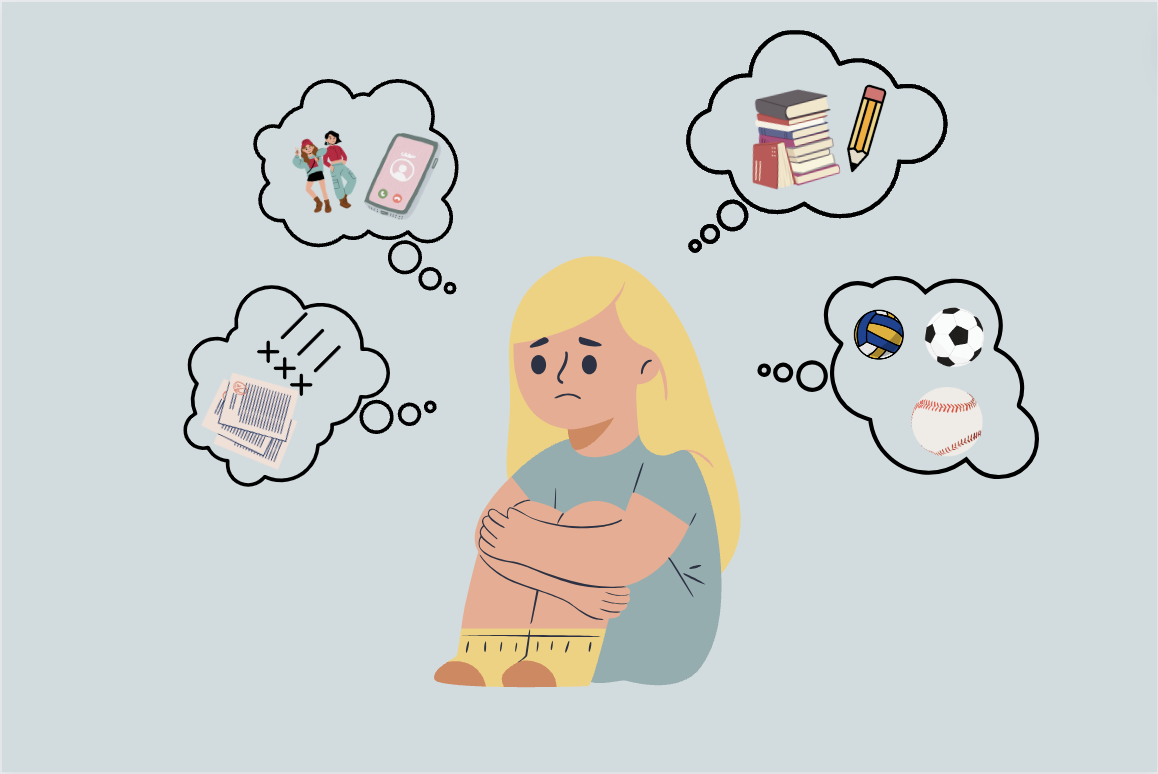
![WSPN’s Annika Martins and Maddie Zajac explore the athletic life of senior Annabelle Zhang through her badminton career. “This [photo] is me and my former partner after we won the 2022 junior nationals mixed doubles category,” Zhang said.](https://waylandstudentpress.com/wp-content/uploads/2024/04/IMG_6629-1200x900.jpg)
























